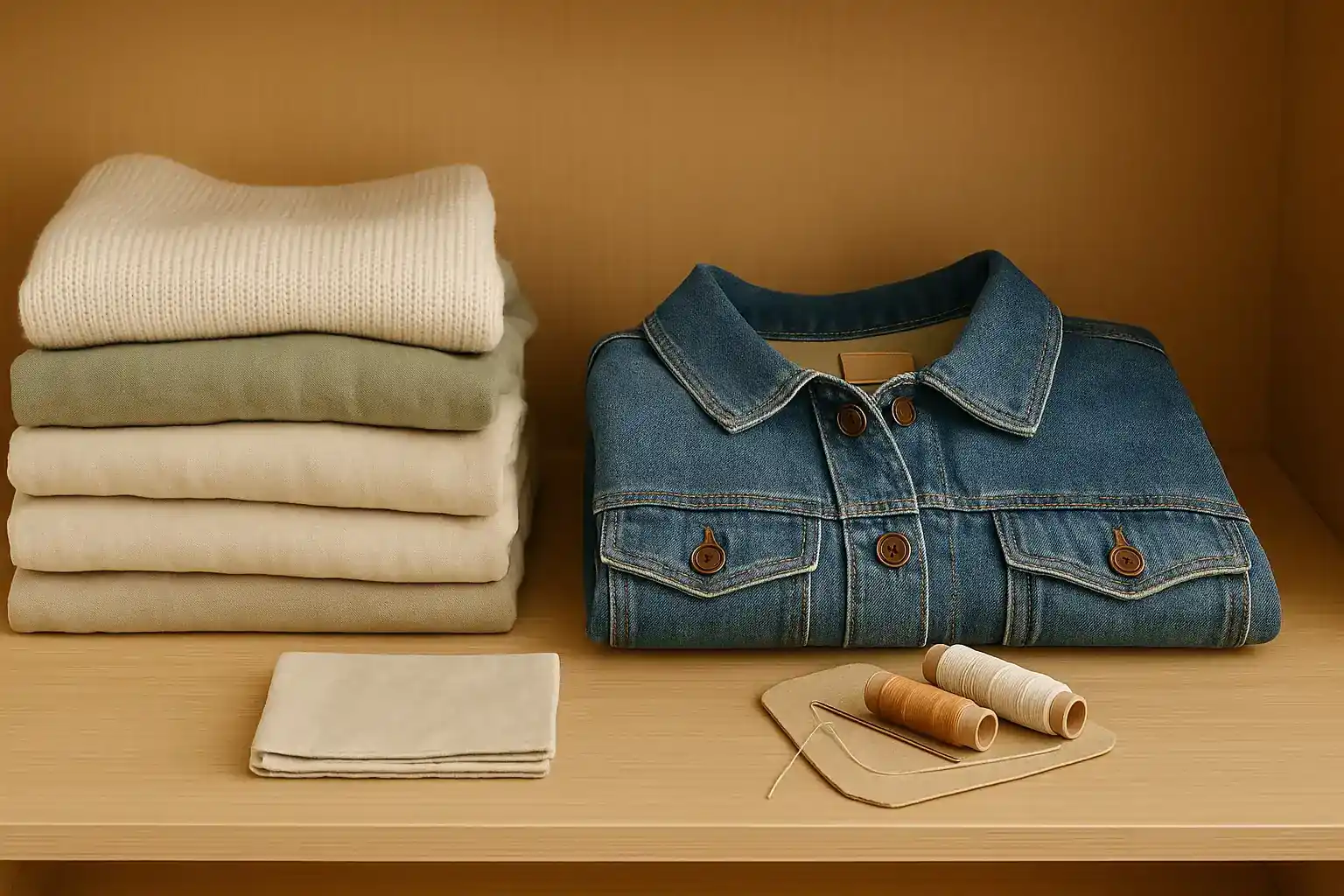Leggings with a Legacy: Choosing Sustainable Fabrics for Your Activewear

The rise of activewear has brought comfort and versatility to our wardrobes, with leggings becoming a staple for workouts, lounging, and even everyday wear. However, the majority of leggings available today are made from synthetic fabrics like polyester, nylon, and spandex. While these materials offer stretch, durability, and moisture-wicking properties, their widespread use contributes significantly to environmental concerns, particularly the shedding of microplastics during washing and their non-biodegradable nature. For the environmentally conscious individual seeking high-performance activewear with a lower environmental footprint, a range of sustainable alternatives exists, offering the same functionality with a kinder impact on the planet.
The environmental impact of synthetic leggings is considerable. The production of these fabrics relies on fossil fuels and energy-intensive manufacturing processes. The washing of synthetic garments releases microscopic plastic fibers, known as microplastics, into our waterways, contributing to the pervasive problem of plastic pollution in our oceans and ecosystems. These microplastics can be ingested by marine life and potentially make their way up the food chain. Furthermore, synthetic fabrics are not readily biodegradable, persisting in landfills for centuries. Recognizing these significant environmental drawbacks, many are seeking more responsible and sustainable fabric choices for their activewear, moving away from purely synthetic options towards those with a lower environmental impact.
Fortunately, innovative and natural fabrics offer compelling alternatives for creating high-performance leggings with a reduced environmental footprint. By choosing leggings made from bamboo fiber, utilizing recycled nylon that repurposes waste materials, or opting for the breathable and organically grown organic cotton, we can enjoy comfortable and functional activewear while minimizing our impact on the planet and reducing the shedding of harmful microplastics. These sustainable alternatives often boast excellent sweat-wicking properties and a comfortable feel against the skin.
Activewear with Intention: Exploring Sustainable Legging Alternatives
Moving beyond the environmental concerns of purely synthetic leggings reveals a range of more responsible and performance-oriented fabric options:
Bamboo Fiber: Natural Softness and Sustainability
Bamboo fiber is derived from the fast-growing bamboo plant, a highly renewable resource that requires minimal pesticides and fertilizers. Leggings made from bamboo fiber are known for their exceptional softness, breathability, and natural moisture-wicking properties, making them ideal for workouts and everyday wear. Bamboo is also biodegradable, offering a more sustainable end-of-life scenario compared to synthetic fabrics.
Recycled Nylon: Transforming Waste into Performance Wear
Recycled nylon, often made from discarded fishing nets, plastic bottles, and other post-consumer waste, offers a fantastic way to repurpose existing materials and reduce the demand for virgin resources. Leggings made from recycled nylon provide excellent stretch, durability, and moisture-wicking properties, making them suitable for high-performance activities. By choosing recycled nylon, we can divert waste from landfills and oceans and support a more circular economy for textiles. Girlfriend Collective is a brand that prominently features leggings and other activewear made from recycled plastic bottles.
Organic Cotton: Breathable Comfort Grown Responsibly
Organic cotton, grown without the use of synthetic pesticides and fertilizers, offers a soft, breathable, and chemical-free alternative for leggings. While perhaps not as inherently moisture-wicking as some synthetics or bamboo, organic cotton leggings are comfortable for lower-impact activities and everyday wear. Choosing organic cotton supports healthier farming practices and reduces the environmental impact associated with conventional cotton cultivation. Pact offers a range of organic cotton leggings and other apparel.
Completing Your Conscious Workout Wardrobe: Mindful Choices
By consciously choosing leggings made from bamboo fiber, recycled nylon, or organic cotton, we can make a significant impact on reducing microplastic pollution and supporting more sustainable practices in the fashion industry. Opting for durable and well-made leggings, regardless of the material, also contributes to a more minimalist and less wasteful approach to our activewear wardrobe.
Related Blogs

10 Transformative Wardrobe Swaps for a Lighter Environmental Fashion Footprint
Learn how to reduce your fashion footprint with impactful wardrobe swaps.

Wrap Yourself in Responsibility: Choosing Sustainable Alternatives to Acrylic Sweaters
Upgrade to durable and breathable wool (certified farms), alpaca, or Tencel-blend knits.

Decoding Fabric Labels: What's Really Sustainable?
Insights on decoding fabric labels in a sustainable way.

Outsmarting the Dry Cleaner: Choosing Machine Washable Naturals for a Toxin-Free Wardrobe
Avoid toxic PERC solvents by opting for machine washable organic cotton and linen clothing.

Step Lightly: Choosing Sustainable Alternatives to Nylon Stockings
Opt for recycled nylon, biodegradable, or ladder-resistant hosiery for longer wear and less waste.

Fastening the Future: Choosing Sustainable Alternatives to Plastic Buttons
Opt for biodegradable coconut shell, corozo, or wood buttons for eco-conscious clothing.
Stay in the Loop
Get tips and insights tailored to your interests — no spam, just sustainability.